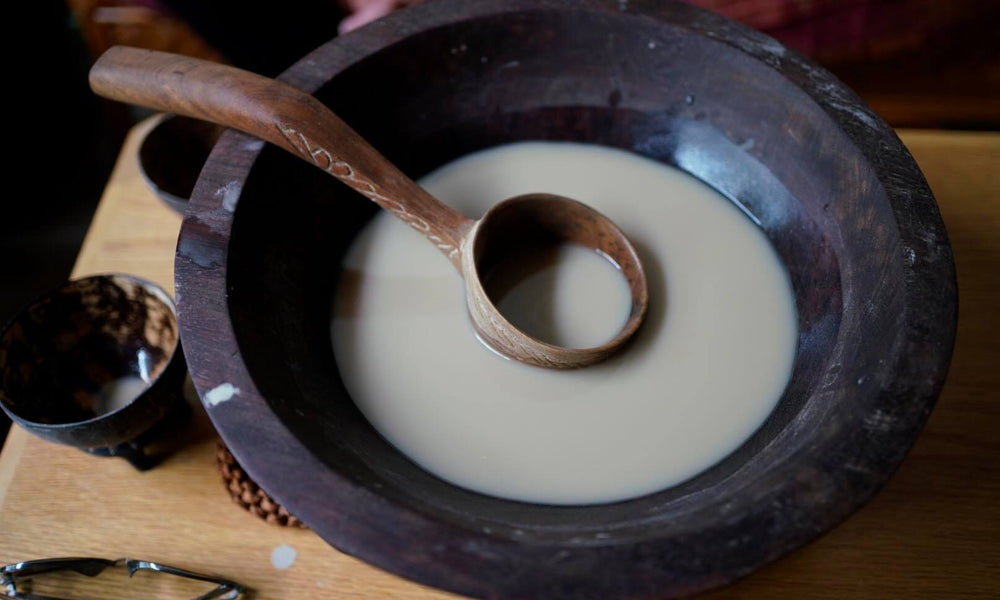Register
or Sign in
Growing kava demand
- Food For Sale
Growing kava demand
Growing kava demand in the western society for its relaxation and stress relief qualities is going through commercialisation. A few countries are exploring the opportunities to cultivate kava. It includes attempts to grow in parts of mainland USA. It is providing excellent opportunities to capitalise on the increasing demand. Since kava drinking is deeply woven into the Pacific culture and tradition, commercialisation is a matter of concern to Pacific Islanders. Kava drinking is more than an evening drink in villages and towns throughout the Pacific.
Most people will stop over after work to enjoy a bowl of kava with family and friends. It is a cultural and social ritual. Kava is an important component of religious ceremonies too. So, it is a familiar evening events in villages and towns in the region. It is a common session in Pacific Islands diaspora overseas too.
Central to meetings
Kava drinking is central most meetings and conversation amongst the islanders. It is deeply woven into their lifestyle. Nowadays, it has become an important social event. Kava has traditionally been used to welcome VIPs, Chiefs and peace making. In fact, it is central to spiritual functions too. Therefore, kava is deeply rooted to their culture and traditions. Thus far, kava is close to the hearts of Pacific Islanders and a sensitive crop.
It is an important income source for the farmers and their families. Most stakeholders put their children to education and medical needs with the proceeds from kava sales. It is a natural livelihood for many families including the supply chain. Furthermore, it is the key economic driver for most of these countries. Thus far, kava bridges the gap in the development of the country.
Export markets
Pacific Island nations are exploring export market to generate more revenue from kava. So, the potential new markets are generating a demand for kava crops. For example, in 2020 half of Vanuatu’s total exports was kava. In the same year, kava accounted for almost 28 percent of total exports for Tonga. Thus far, Fiji sells substantial amounts of kava in overseas markets.
With the expanding markets and other countries attempting to grow kava comes certain risks. Therefore the region’s stakeholders are exploring Geographical Indication (GI) to protect kava industry. It is in the hope that it may protect its unique quality and reputation.
Geographical Indication
Most successful GI use has been with Champagne. It is a marker for the well known region of France for its sparkling wines. So, GI will indicate where a product comes from. It will show a specific region or the country of origin. It expects to work similar to other GIs world over.
Pacific Islands Forum secretariat acknowledge this challenge and is guiding stakeholders. So, the industry needs to review how to protect the cultural importance of kava and the name. Therefore, it is believed that GI may possibly make it easier to track kava from the farms to the retail outlet. In principle, Pacific Islands kava stakeholders endorse kava strategy for the region. It includes to pursue GI introduction for kava. Thus far, some countries are sceptical about the GI system. Others view it as making room for growth in kava market.
Market growth
Regardless of some sceptics, the region agrees on kava is a Pacific product. Kava has been grown in the region for more than 3000 years. It is culturally symbolic through the Pacific. Therefore, there an interest in pursuing GI introduction to protect kava. It is being done at national level as well as within the regional framework.



